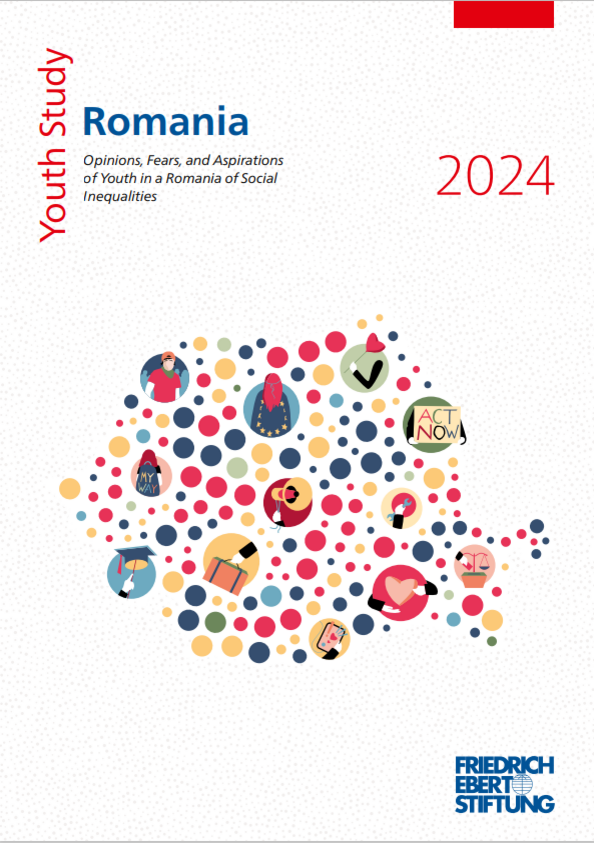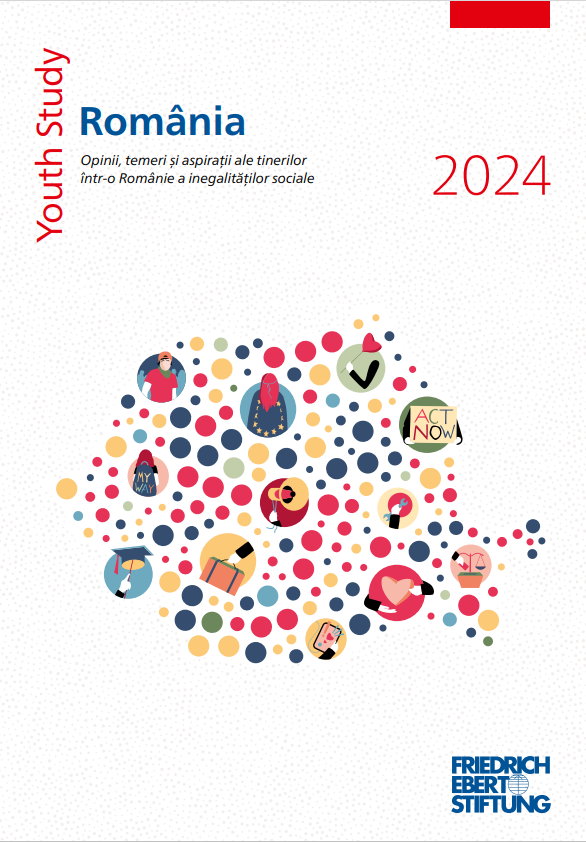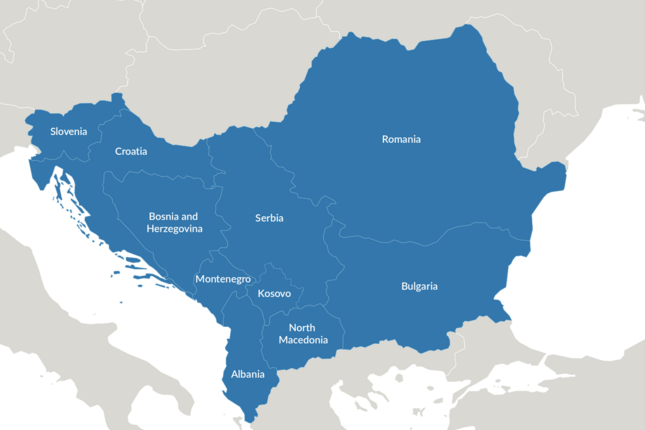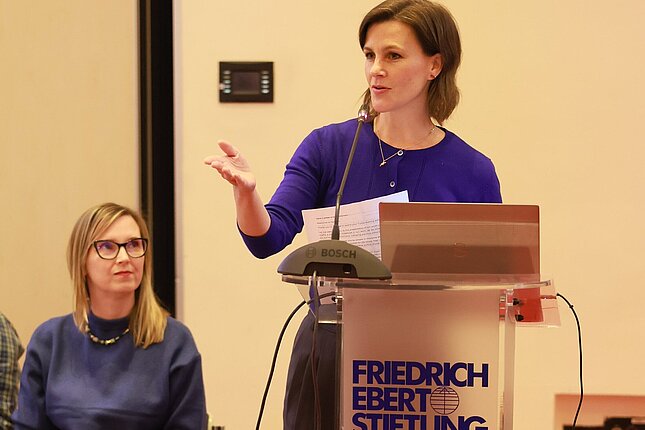
Social Media Patterns Signal Shifting Political Landscape Among Romanian Youth
As Romania heads toward parliamentary elections on December 1, 2024 and a presidential runoff between Calin Georgescu and Elena Lasconi on December 8, 2024, we look at data from the Friedrich Ebert Foundation's 2024 Romania Youth Study for insights into how young Romanians (ages 14-29) engage with politics across different social media platforms.
Platform Preferences and Political Alignments
The data reveals distinct variations in political party support across different social media platforms. On Instagram, the National Liberal Party (PNL) shows its strongest performance with 30.21% support among users, while the Social Democratic Party (PSD) performs best on Facebook with 28.75% support. These differences suggest that political messaging may reach different audiences depending on the platform used.
TikTok, which has gained significant political importance following Georgescu's successful campaign, shows a more balanced distribution of political preferences. The platform's users express support across multiple parties, with the PNL at 26.94%, the Alliance for the Union of Romanians (AUR) at 19.37%, the PSD at 19.03%, and the Save Romania Union (USR) at 18.45%.
Time Investment and Political Preferences
The study also examined how time spent on social media relates to political preferences. Among users spending more than six hours daily on social media, the PNL shows the strongest support (28.14%), followed by AUR (24.93%). In contrast, among those using social media for an hour or less per day, the PSD leads with 24.45% support, while AUR support drops to 10.34%. These patterns suggest a relationship between social media usage intensity and political preferences, though the nature of this relationship requires further research to understand fully.
Key Takeaways for Romania's Digital Political Landscape
Several important patterns emerge from this data about how Romania's political parties connect with young voters across digital platforms. The traditional parties show notably different levels of success across platforms, with the National Liberal Party (PNL) maintaining the most consistent presence - ranging from 30.21% support on Instagram to 19.93% on Facebook. This suggests some parties have adapted more effectively than others to the multi-platform nature of modern political communication.
The Social Democratic Party's (PSD) dramatic variation in support across platforms - from 28.75% on Facebook to just 12.94% on Instagram - may reflect broader challenges in connecting with younger voters. This digital divide, particularly on newer platforms, mirrors recent electoral developments, including the party's unprecedented absence from the presidential runoff.
Perhaps most striking is how social media usage intensity correlates with political preferences. Support for the Alliance for the Union of Romanians (AUR) shows the most dramatic variation, more than doubling from 10.34% among light social media users to 24.93% among the heaviest users. This suggests that social media engagement may play a crucial role in shaping political alignments among youth.
Looking ahead to both the parliamentary elections and presidential runoff, these patterns highlight the importance of platform-specific engagement strategies. The data indicates that no single platform reaches all young voters equally, and that the intensity of social media use may be as important as platform choice in understanding youth political preferences.
About the Data
This analysis draws from the 2024 Romania Youth Study conducted by the Friedrich Ebert Foundation. The study surveyed young people aged 14-29 on a broad range of topics such as education, employment, political participation, family relationships, and values. The findings presented here focus specifically on the intersection of social media usage and political preferences, providing insights into how different platforms may shape political engagement.
Publications
Hasanović, Jasmin ; Lavrič, Miran ; Adilović, Emina ; Stanojević, Dragan
Youth study Southeast Europe 2024
independent but concerned: the voices of young people in Southeast Europe




